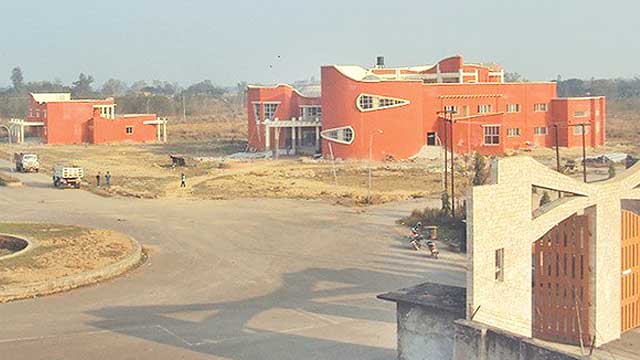
The expiry of Multi Fibre Agreement in January 2005 dealt a severe blow to the Nepal garment industry. So far dependent on USA for garment exports, which provided duty-free access, Nepal was forced to look somewhere else to make up for the loss in the US market.
Even though Europe has emerged as a major buyer of Nepali readymade garments, as per President of Garment Association Nepal, Chandi Prasad Aryal, it wasn’t enough to arrest Nepal’s downward slide.
Ever since more than 85 per cent of the garment factories in Nepal had to shut shop. Once boasting of around 1,200 manufacturing units, only 50 are reportedly operational at present!
As per Nepal’s Trade and Export Promotion Centre, the country’s exports earning from readymade garments stood as Rs. 4.1 billion in eight months of fiscal year 2018-19, registering a marginal growth of 4.6 per cent compared to the same period of 2017-18.
Given the prevailing circumstances, Nepal Government in order to enhance the competitiveness in the production of readymade garment, decided to develop a Garment Processing Zone (GPZ) within Simara Special Economic Zone (SEZ), located in Bara district as cost of production is reportedly relatively high in the region. The Government’s move was expected to bring down the production and export costs, thereby motivating more and more manufacturers to set up their units in GPZ, to give a boost to the country’s ailing garment sector.
On 2 May, the Government called for applications from prospective industrialists to set up factories in the GPZ, but there have been no takers for more than a month now.
The Government reportedly invested Rs. 2.5 billion to construct the GPZ. Entrepreneurs can rent plots ranging from 5,000 square metres to 12,000 square metres to set up production plants. The zone has sewerage facilities and regular supply of water and electricity as well.
“We are building a gasoline station in the Garment Processing Zone while the Nepal Electricity Authority has also started the groundwork to install a 132 kV substation there to supply electricity to the factories there,” underlined Chandika Prasad Bhatta, Executive Director of Nepal’s Special Economic Zone Authority. What’s more, the Special Economic Zone Authority has slashed the rent to make GPZ more viable for the entrepreneurs.
So what could be the reason behind this lukewarm response from the garment makers?
As per the garment makers, despite the slashing, rent is still higher than outside the Special Economic Zone. And if Chandi Prasad is to be believed, it would take further reduction of rent to bring in the garment manufacturers to the GPZ.
“Besides, the authority should pay the cost of relocating the machinery from the current site,” underlined Chandi Prasad speaking to the media.
He also sought assistance for small enterprises related to embroidery and dyeing so that the overall cost of garment manufacturing could be brought down further.
As of things stand now, the Government’s efforts to rejuvenate the country’s readymade garment industry which plunged in the last one and a half decade following the termination of the Multi Fibre Agreement, seems to be of not much use.






